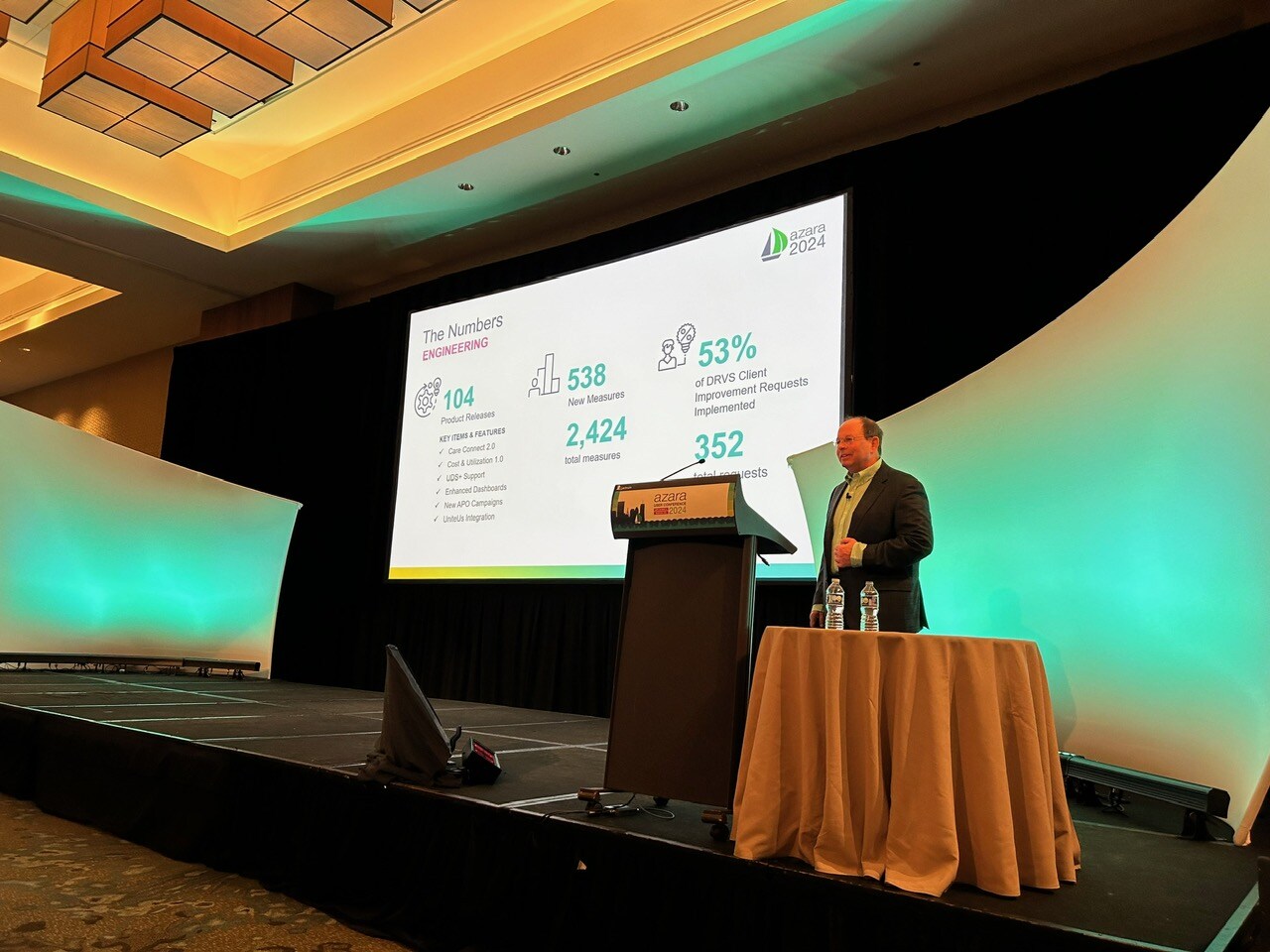In today’s healthcare landscape, tackling health disparities is both a critical, moral and strategic necessity. The impact of inequities—rooted in factors such as race, ethnicity, and language (REaL)—can significantly affect patient outcomes and drive up healthcare costs. As the industry continues its shift to value-based care, understanding and addressing these disparities becomes essential. Leveraging REaL data is key in this effort, enabling healthcare providers to deliver more equitable and effective care while meeting the goals of value-based care models.
The Role of REaL Data in Value-Based Care
Value-based care aims to align healthcare delivery with the overall quality of care provided, emphasizing outcomes over service volume. However, this model requires an in-depth understanding of patient populations, particularly those who face significant health disparities. REaL data is pivotal for identifying and addressing those disparities. The CMS Framework for Health Equity calls on healthcare providers to prioritize this data to ensure that all patients, regardless of background, receive equitable care.
Health disparities in the U.S. cost an estimated $320 billion annually, a figure that could climb to $1 trillion by 2040 if current trends persist.1 These statistics reflect not only the human toll of inequities, but the financial burden placed on the healthcare system—further highlighting the need for providers to focus on closing these gaps.
CHCANYS: Leveraging REaL Data to Drive Health Equity
In collaboration with Azara Healthcare, The Community Health Care Association of New York State (CHCANYS), which represents over 70 community health centers (CHCs) across more than 800 locations, launched a project to enhance the collection, reporting, and analysis of REaL data. Using Azara DRVS, CHCs across New York were equipped with tools to collect patient-reported race, ethnicity, and language information at a more granular level. This expanded REaL data capability allowed for more accurate stratification of patient populations, giving CHCs the ability to better understand care gaps and address social drivers of health (SDOH) impacting their communities.
By leveraging collected REaL data, CHCs can identify disparities in outcomes like hypertension control and tailor interventions to specific patient populations, drive meaningful change and close gaps. For example, with new insights into language preferences, CHCs are able to reassign patients to providers who speak their primary language, fostering stronger patient-provider relationships and improving health outcomes.
Addressing Barriers to Care
Accurately collecting and utilizing REaL data comes with its challenges. CHCANYS found that many patients were confused about race and ethnicity categories or mistrustful of how their information would be used. To overcome this, they implemented new workflows and provided extensive training on cultural humility. This helped staff feel more confident in having conversations about race and ethnicity, ultimately improving patient trust and data accuracy.
Between 2022 and 2023, CHCANYS saw dramatic improvements in the scope and accuracy of REaL data collection. Race groupings expanded by 161%, and ethnicity categories grew by an impressive 2,500%. These enhanced insights empowered CHCs to take meaningful action, such as redistributing patients based on language needs and stratifying clinical outcomes by race and ethnicity to better address disparities.
The Future of REaL Data and Health Equity
The success of effectively utilizing REaL data demonstrates the powerful impact this information can have on closing care gaps and improving health outcomes. As the healthcare industry continues to prioritize health equity, more organizations will need to follow suit by adopting robust REaL data collection and analysis methods.
In a world where health inequities are impacting lives and costing billions of dollars, leveraging REaL data has proven to be a critical tool for organizations committed to value-based care and population health. As more healthcare providers adopt these practices, the industry will be one step closer to realizing health equity for all.
Learn more about how Azara DRVS and REaL capabilities can help your organization reduce disparities and improve outcomes by contacting your Client Success Manager or emailing solutions@azarahealthcare.com.
> Read the CHCANYS Success Story
Sources:
- Deloitte. "US healthcare can’t afford health inequities." 2022. https://www2.deloitte.com/us/en/insights/industry/health-care/economic-cost-of-health-disparities.html
Related Articles

Bridging the Gap in Veteran Healthcare: The Vital Role of Federally Qualified Health Centers in Supporting Our Heroes
Read More
Partnering for Success: The Role of VBC Enablers and Strategic Data Exchange in Value-Based Care
Read More
